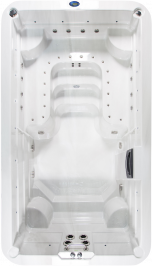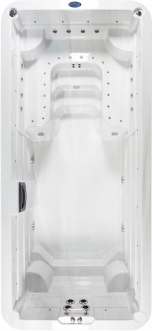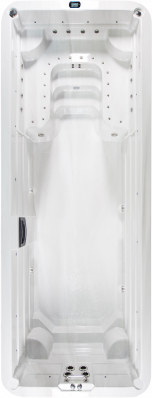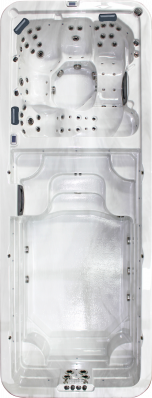Different Cycles Of Sleep
When we sleep our bodies go through different cycles or phases which need to play out for a full nights rest, which consists of four stages. We pass through these in order before completing the cycle and entering REM (Rapid Eye Movement) sleep, so the first few are actually non-REM sleep.
In case you are not familiar, REM stands for Rapid Eye Movement sleep and is the stage of our cycle where we slumber most of our dreams This phase usually occurs roughly 90 minutes after falling asleep and about every two hours, so it makes up for around 20% of total sleeping time. While in REM our bodies are paralyzed except for quick eye movements.
Passing through the cycles without disruption is important to cellular rejuvenation, memory consolidation, and restoration of physical and emotional reserves. Here are the four stages with brief explanation of them:
Stage 1: Occurs just as you are falling asleep.
This is when you first lay down and being to really let go of stress from your day. It's when you first enter sleeping mode and is important for you to let go of anything troubles from your day and problems that you're trying to solve, so that you can let go and get into the second phase. If you're having troubles sleeping then sometimes relaxation music or the sound of rain will help you enter this phase quickly.
Stage 2: Transitioning into deep sleep
During this time, your heartbeat and breathing slow down, and muscles relax. Your body temperature drops and eye movements stop. Brain wave activity slows even further and you being to phase into a deep sleep.
This is where your heart beat begins to slow down, your breathing becomes more focused and you're starting to drift into the deepest parts of sleep.
Stage 3: Deep Sleep
This is where most of our body's physical restoration takes place (such as muscle growth). Your blood pressure will drop, any inflammation in your muscles caused by exercise or overexertion will be repaired along with any damaged tissues and your energy levels will be restored.
This stage is also where we dream our most vivid dreams, as well as learning new things. The brain orchestrates all of this during deep sleep by making connections between the experiences you have throughout the day and how to process them so they become memories.
Stage 4: REM Sleep
REM sleep occurs approximately 90 minutes after falling asleep. During your final period of REM sleep, your eyes move rapidly behind closed eyelids. You also may experience twitches or tremors as you dream. Your limb muscles are temporarily paralyzed during this stage for protection since it is impossible to act out dreams during REM sleep and not be able to later recall what happened in them.
Improving Your Sleep
To reap the full benefits of sleep, you must first assess your sleep habits and lifestyle.
- Follow a consistent sleep schedule. Go to bed and wake up at the same time every day, even on weekends. This will help your brain recognize when it’s time for you to fall asleep. Furthermore, waking up at the same time everyday helps train your body to be alert during daylight hours so that you can take full advantage of your time awake.
- Avoid caffeine and nicotine in the late afternoon and evening hours. These stimulants can keep you from falling asleep when it is bedtime because they induce stress on the body, which then affects sleep cycles..
- Exercise daily or at least every other day to promote sounder sleep. Try exercising for 20 minutes at least three hours before you go to bed. This will help your body relax and wind down after a long day’s work..
- Try not to nap during the afternoon or evening. If you need an extra boost of energy, try going for a walk instead. The fresh air can be very beneficial in helping to lull yourself into sleep.

























